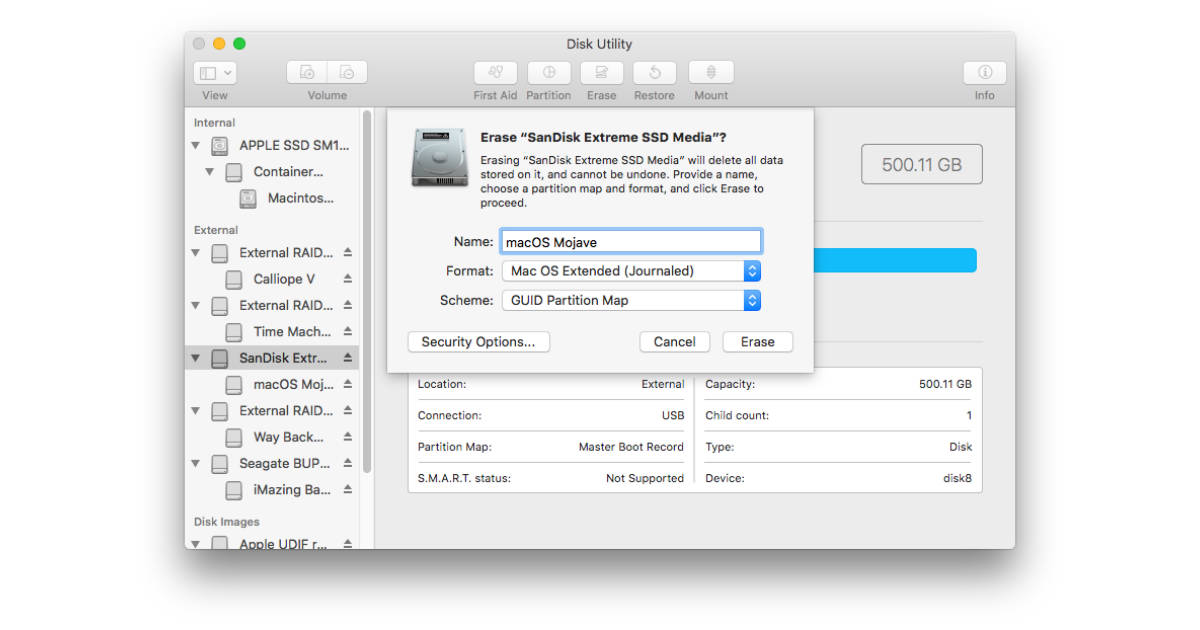

How to partition a USB drive via Disk Management in Windows 10 article might also interest you.Your Windows 10 PC or laptop may be running slow and sluggish or experiencing other problems due to which you may want to format it. In addition to these methods, you can also use third-party utilities like Partition Wizard to format drives or partitions on a Windows 10 PC. If you want to format the file system with FAT32, use the following command instead:Īfter completing the format, you may close the Command Prompt. The about command will format the drive with NTFS file system. Step 5: Finally, execute the following command to format the selected drive or partition. In the above command, replace “X” with the volume number of the partition that you want to format. Step 4: To format a partition, you first need to select it by executing this command: Step 3: Next, type List Volume and then hit Enter key to see all drives (not partitions or drives) on your PC. Step 2: At the Command Prompt window, type Diskpart and then press Enter key. Step 1: Open Command Prompt as administrator. TIP: To format USB drives via Command Prompt, follow the directions in our how to format USB drives via Command Prompt. If you are unable to a drive or partition via Disk Management or File Explorer, you can use the Command Prompt to format the drive. Method 3 of 3 Format a drive via Command Prompt The drive format process might take a few seconds.

Step 3: Enter a name for your drive, choose a file system (we recommend NTFS), select the Quick Format if it’s not already selected, and then click OK button. Step 2: In the Disk Management window, right-click on the drive or partition that you would like to format now, and then click Format option. Step 1: Open the built-in Disk Management tool by right-clicking on the Start button on the taskbar and then clicking Disk Management option.

Method 2 of 3 Format a drive or partition via Disk Management Click OK button when you get the confirmation dialog to format the drive.


 0 kommentar(er)
0 kommentar(er)
